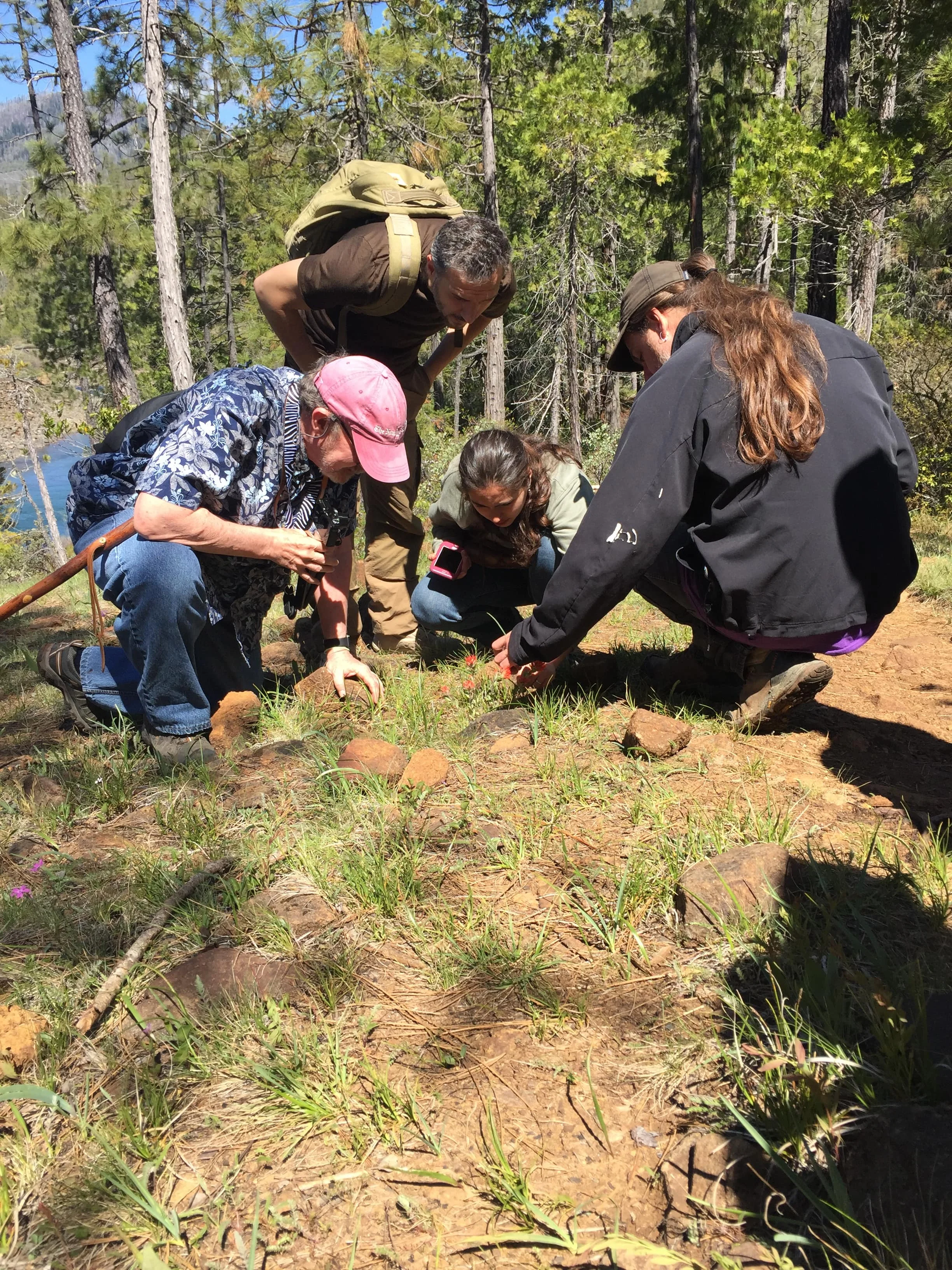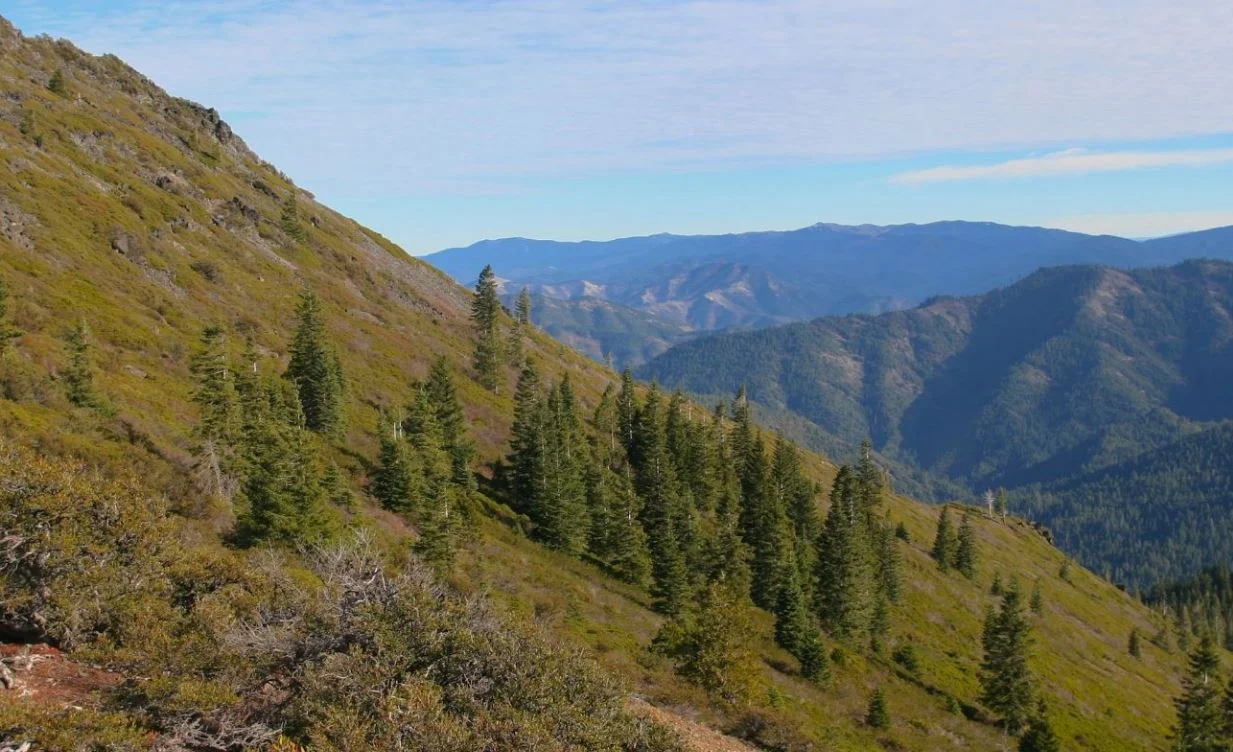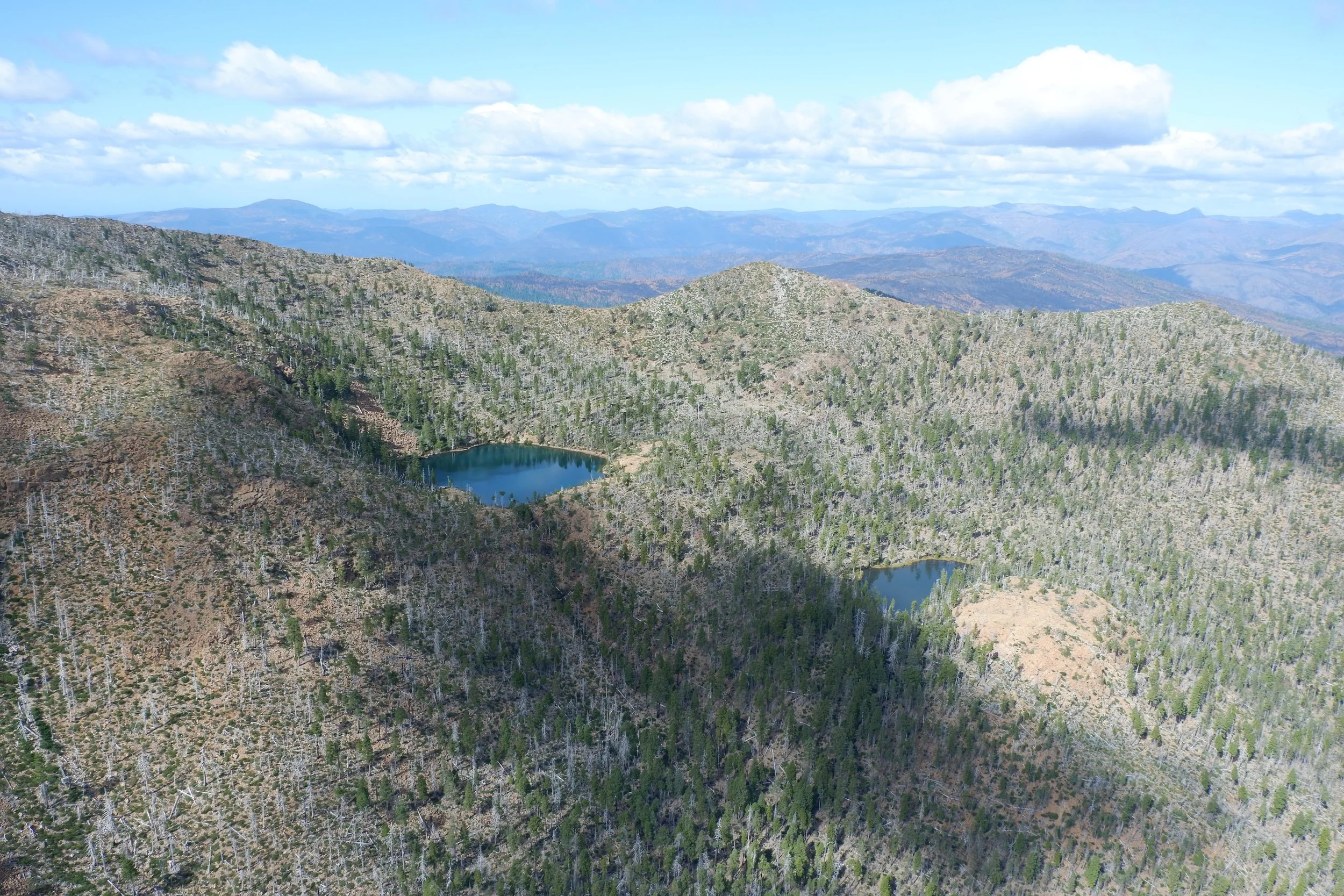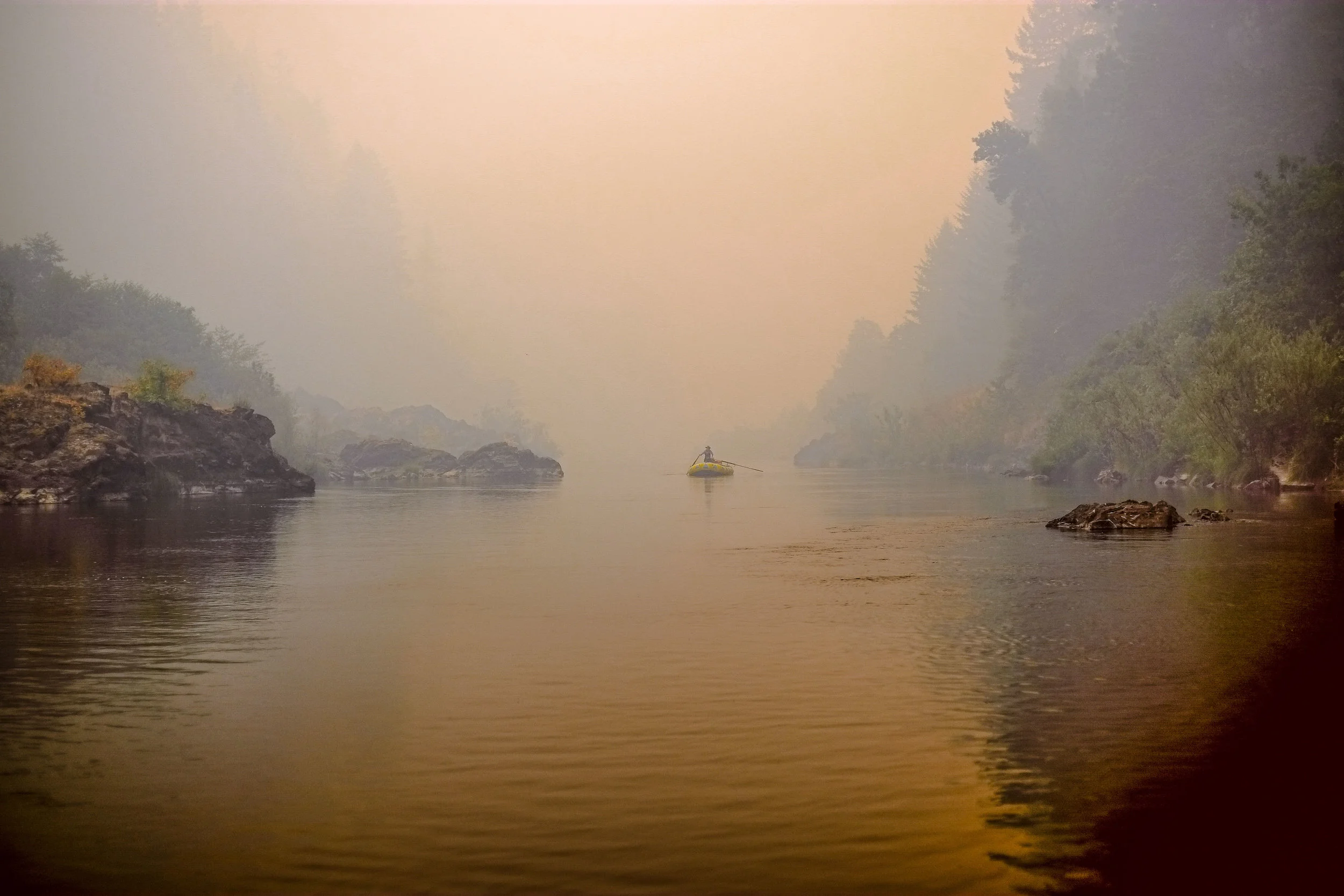Some research shows the region’s forested landscapes were generally more open due to fire prior to the 20th century than they are today and today’s landscape is characterized by denser forests, less structural diversity, more fire-sensitive species, fewer coarse-grained vegetation mosaics, and a greater likelihood of high-severity fire (particularly in previously open ponderosa pine forests).
Read MoreOver this past weekend KS Wild and our strong team of volunteers assisted the Forest Service and spent two days repairing and closing illegal routes made by OHV users near the base of Eight Dollar Mountain. We picked up and hauled away 2 truck loads of trash, closed various routes, and installed 'Botanical Area Restoration' signage along the roadway.
Read MoreThe new management plan for BLM forests no longer offers protections for old-growth dependent critters like the red tree vole. Under the old plan areas subject to timber harvest were surveyed for Red Tree Voles so that nesting sites could be protected. This is no longer the case. Though the BLM has no guidance telling them that they cannot continue to survey for Red Tree Voles, they are choosing not to using a “log without looking” policy.
Read MoreWhen the BLM uses taxpayer dollars to plan controversial public lands logging projects, like the Pickett West native forest timber sale, you have a right to know what they are up to. Transparent public lands management is at the heart of how government is supposed to function in our Democracy.
Read MoreJoin us for a recap of a hike through the Limpy Creek Botanical Trail near Grants Pass, OR. Allee led the way while the group wandered through the forest identifying plants and learning about the phenomenal botany of the area.
Read MoreThe Klamath National Forest intends to remove 200-400 year-old trees and snags from the landscape to make room for dense timber plantations that offer sparse value to the forest ecology.
Read MoreThis is a quick recap of our recent Illinois River Wildflower Hike and Waldo Takilma Botanical Area Clean Up. First of all, our KS Wild supporters are awesome and it's great to meet such cool people that live in the valley.
Read MoreThe Klamath National Forest proposes to log over 1,200 acres of post fire forests on the Siskiyou Crest. Scroll through this story map for more details on post fire forests and logging in the Klamath Siskiyous.
Read MoreWhile the darkest day of the year is past, and nefarious forces in the White House continue threatening public lands, we think its a good time to step back and appreciate some of the bigger, natural forces at work in the bioregion. Big thanks to KS Wild volunteer Barbara Comnes for sharing this poem.
Read More
Make your voice heard: Join your local community in Curry and Josephine County to speak out to Senator Merkley! Now is a critical time for southern Oregon to engage and support issues that matter to our forests, environmental laws, and communities.
Guest author Pepper Trail portrays 278 years of life, based on the true story of a Ponderosa Pine as told through it's growth rings. Read the life history of this tiny pine’s world, a valley in the eastern Siskiyou Mountains.
Read MoreThe Klamath National Forest has a bad track record of post-fire clearcutting. Now they are proposing a 1,700 acre post-fire clear-cut on the beloved and ecologically important Siskiyou Crest. Read more about it...
Read MoreWhat have we learned since the 2002 Biscuit fire aftermath, and how will it affect land management decisions in the post-Chetco Bar burn area of southwest Oregon?
...with the passage of time it is now possible to look back more objectively at Biscuit fire and the political firestorm that followed in its wake.
Read MoreA forest after fire is not a tragedy; it’s simply a stage in the life of the forest. Post-fire logging is often framed as focused on fire prevention. In reality, important biological characteristics are removed from post-fire forests. Because of this, salvage logging acts as an unnatural human disturbance to the sensitive post fire landscape.
Read MoreFighting fossil fuel projects like the proposed Jordan Cove liquefied natural gas export project is only half of the climate change battle in our region. Climate change is getting worse fast so we also have to act to prepare the Klamath-Siskiyou for a warming world. KS Wild has just assembled the best available science in a comprehensive report to help show the path forward to help public lands adapt to climate change.
Read MoreFire is so important to the world-renown forest diversity of the Klamath-Siskiyou that it is recognized as the keystone ecological process. Here in the KS, forests with fire are healthy forests!
Read More
While hiking the mountains of Southern Oregon field biologist John Villella shared his dream with artist Deb VanPoolen, and less than a year later a masterpiece was born! Highlighting the extreme biodiversity and dazzling local audiences, "Butterfly Diversity of the Cascade-Siskiyou" was released just prior to Trump Administration's threats to remove protections for the Cascade-Siskiyou National Monument. Now, the painting's influence will live on - let's find the right home for it!
Read MoreKS Wild depends on volunteers to get the job done. Come join us for some exciting volunteer opportunities this October!
Read MoreThe science is clear that logging big, fire-resilient trees in old-growth forests increases fire hazards. At the same time, thinning dense forests, especially near communities, can reduce fire hazards, save homes, and give firefighters a leg up.
Read MoreFollowing decades of fire suppression and logging that created dense young forests, a return to ecosystem resiliency requires thinning second-growth plantations, retaining large trees and forest canopy, and returning the role of fire to these fire-dependent forests.
Read More



















